Share:
Thank you, Miss Jaime, O.T. for joining my blog in honor of National Handwriting Day!
“There’s no time to work on Motor skills! We’ve got to get these 5 year olds reading!”
Kindergarten just isn’t what it used to be.
As an Occupational Therapist, one of my concerns is that the children are still given opportunities to use and develop their motor skills throughout a typical school day. Over the past few years, I am finding that children’s motor skills are decreasing, rather than improving.
So what can we do?
Tons of things!
Reading has become the main focus of curriculum, which leaves less time for all the other things, especially motor skills.
Why not work on two skills at once?
Use motor activities throughout your literacy lessons so children can get that important fine motor practice they so desperately need.
As we all know, school materials can be expensive! You can recycle a lot of things and then use Dollar Store materials to supplement.
*This post contains affiliate links
Here are some simple ways to combine motor skills and literacy:
CLOTHESPINS
Clothespins are so cheap – and you can write on them! Work on letter recognition or simple spelling for little ones, and harder stuff for your older kiddos.
Squeezing the clothespins open is hard work for little hands, but it works on the little muscles in the palm and fingers. These are the same muscles we need for neat handwriting, buttoning, and opening snack.
The Dollar Tree sells sight word flashcards in different grade levels. For a Dollar, you get a whole stack of words of different levels of difficulty. Use a sharpie to write the letters of the alphabet (a different letter on each side) on the top of the clothespin.Write extra vowels and popular letters like s and t.
The kids are now reviewing grade level sight words while they practice using two hands together to hold the clothespin and the card at the same time. They’re increasing their hand strength (particularly their Pencil Grip muscles) to open and close the clothespins, too!
This activity could also be adapted to be a vocabulary lesson. Use index cards with definitions and write the word on the clothespin. Children have to find the correct definition and pin it onto the matching card. Or, work on contractions with clothespins and craft sticks.
BEADS
“ABC” beads are awesome to work on spelling and reading. It also works on fine motor skills, in-hand manipulation, and bilateral coordination skills. Write spelling words on index cards. The child has to find all the letters. They have to WAIT to put them on the wire until they find all the letters. Otherwise their word ends up backwards!
Tell the children to put a plain colored bead in between the words to represent a space.
Have the children write the words on loose leaf after. This activity reinforces left to right directionality, spelling, writing, and recognizing sight words. It also worked on using a pincer grasp to pick up the small bead, using bilateral skills to hold the wire and get the bead on, and left to right tracking to line the beads up properly.
BLOCKS AND LITERACY
Legos, Linking Blocks, or Mega Blocks are all great for working on spelling and reading. Use a Sharpie to write letters on the blocks.
* I suggest putting all your cubes together before you write the letter so they are all facing the right way. Make a few long towers and then write all the letters, extra vowels, and popular letters. Then flip the cubes over, and write more letters on the back. This way the kids have double the letters with half the blocks. You can include some fun pencils in the box, too, so the kids could practice writing the words. Kids love anything novel.
Using Dice to Work On Motor Skills In Literacy
There are so many ways to use dice in your reading and spelling lessons.
One thing that most teachers don’t realize is that children don’t actually “roll” the dice. That’s because they really haven’t developed the arches in their hands yet. You need arches in your hand in order to make a “cup” so the dice don’t fall out. (No throwing or dropping!)
It is easy to think of ways to use dice for math, but for literacy?
Make “Roll A Sight Word” sheets for your spelling lessons. You can use the concept with any subject. It’s simple to assign each number a word or even a definition for older kids.
For example: a Kindergarten student is practicing simple sight words. The teacher has a worksheet with a “key”.
● Roll a one: he
● Roll a two: she
● Roll a three: they
● Roll a four: it
● Roll a five: the
● Roll a six: and
The child rolls the die and then colors in a box with the word in it or writes the word in the box. The child is using future math skills (probability, graphing) with current math skills (counting, number recognition) as well as literacy skills, recognizing the number, matching it to the word, remembering that the number two is code for “she”. They are also using motor skills to build the arches in their hands to hold the die and “roll” it, rather than drop it or throw it. (They often need to be shown this). Then, they are working on pencil or crayon grip and fine motor skills to write or color. That’s a lot of motor skills accomplished within a literacy activity! The activity can be adapted to fit any teacher’s needs.
Let’s think about the same activity for a fourth grade teacher. She can use it to work on social studies definitions and vocabulary. Fourth graders often study in class by copying definitions from the textbook or from the board, doing fill in the blank sheets, or multiple choice questions. Here is way to make it a bit more fun AND work on those hand muscles.
● Roll a one: Definition of longitude
● Roll a two: Definition of latitude
● Roll a three: Definition of equator
● Roll a four: Definition of plateau
● Roll a five: Definition of peninsula
● Roll a six: Definition of plains
When the child rolls the die and reads the definition, they have to find the corresponding word on a sheet and color it in. Now the child is working on vocabulary and motor skills at once. If you wanted to add another component, you could add an extra die, make more definitions, or have the kids write the word instead of color. You could even have the kids write it in script. The possibilities are really endless. You just need to think about your typical classroom and homework routine in a different way (aka involving motor skills).
SCISSORS SKILLS
Add sight words, letters, or definitions to cutting practice sheets. Add “cut and paste” activities whenever you can. Use regular glue instead of glue sticks. Squeezing glue is great for fine motor skills. Kids need to learn how hard to squeeze. Let’s get those hands working!
“Start at the beginning and cut until you reach your sight word. Try to stay on the line! Tell me the sight word!?”
LOOK AT THE WHOLE CHILD
Literacy is of utmost importance. Teachers are being evaluated based on their student’s reading scores and levels of success. Common Core has increased the demands of the curriculum so that Kindergartners are doing what used to be done in the First grade. As an OT, I am amazed and impressed with what our children are able to absorb and learn.
But it is still so important that they have a chance to develop their motor skills. Any movement activity that can be incorporated into a literacy or reading lesson should be. We as educators and parents need to remember to look at the whole child.
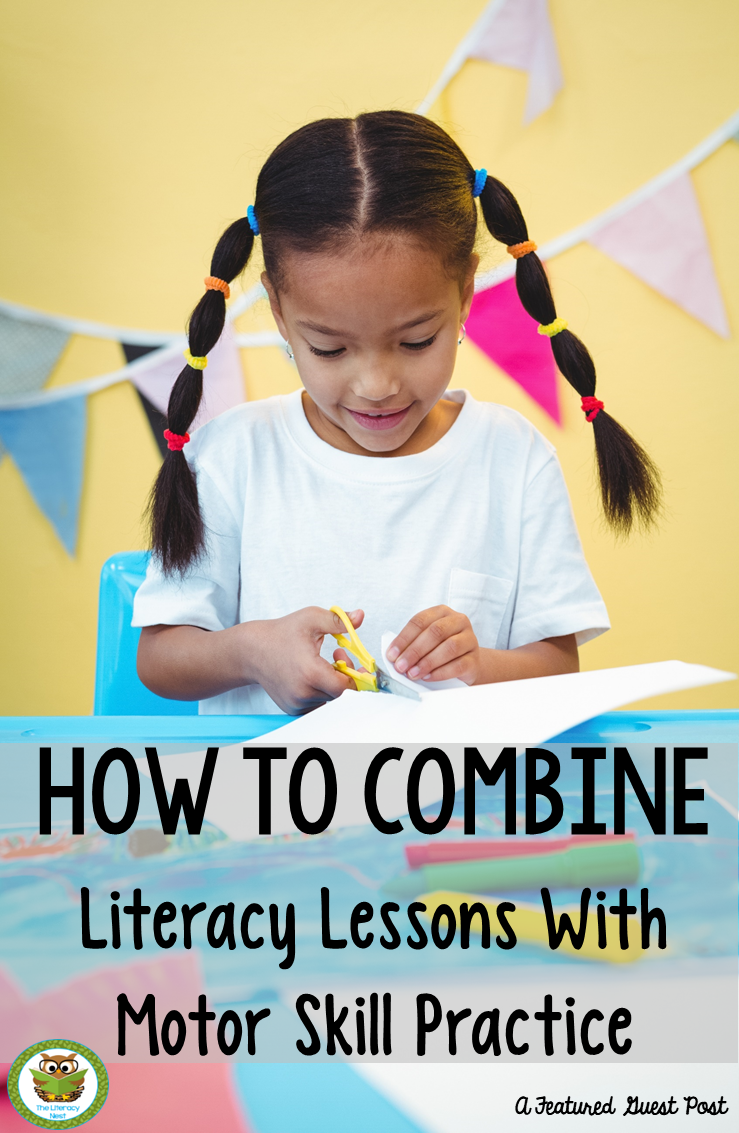 |
| Pin me! |
AND REMEMBER:
1) Reading is really important, but there are many other skills that help a child to read well. Visual tracking, language, letter recognition, and postural control are just a few.
2) Kids need to move! Movement helps them to maintain an engaged state of mind so they can focus. It lets them get their wiggles out. They are still kids! Research shows that when kids move as part of learning they process information better and the learning stays with them for longer periods of time (Jensen, 2001).
3) Coloring IS meaningful and purposeful for children of all ages. It is exercise. Teachers who incorporate coloring and drawing into their lessons are building fine motor strength as well as helping children to create memories associated with pictures or words. The association of pictures with words or vocabulary can help solidify a child’s learning.
Miss Jaime, O.T. and I have TWO amazing deals for you in honor of National Handwriting Day this week!
PLUS…
SOURCES:
Jensen, E. (2001). Arts with the brain in mind. Alexandria, VA: ASCD.
Link for this image: http://ow.ly/pNs530hUG0m
ABOUT THE AUTHOR:
Jaime Spencer is a pediatric Occupational Therapist with eighteen years experience in Long Island, New York. She currently works in a public school with students Kindergarten to12th grade. She also has ten years’ experience working in a sensory gym with preschool-age children.
She has a Bachelor’s degree in Occupational Therapy from Utica College of Syracuse University and a Master’s Degree in Special Education from Adelphi University. She is also certified in Assistive Technology from California State University Northridge.
Connect with Miss Jaime, O.T.!:
Thank you for joining me on my blog today!
Share:

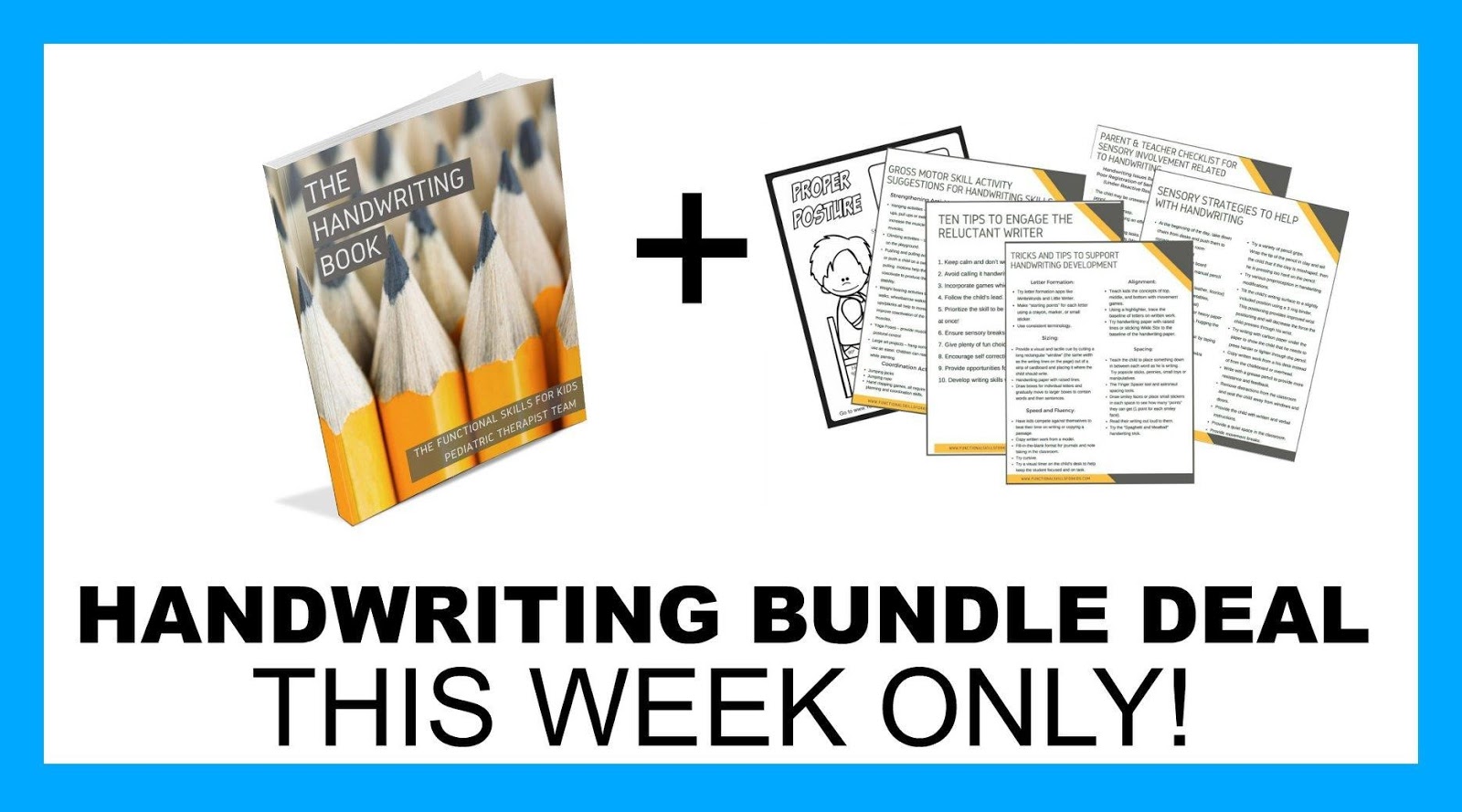
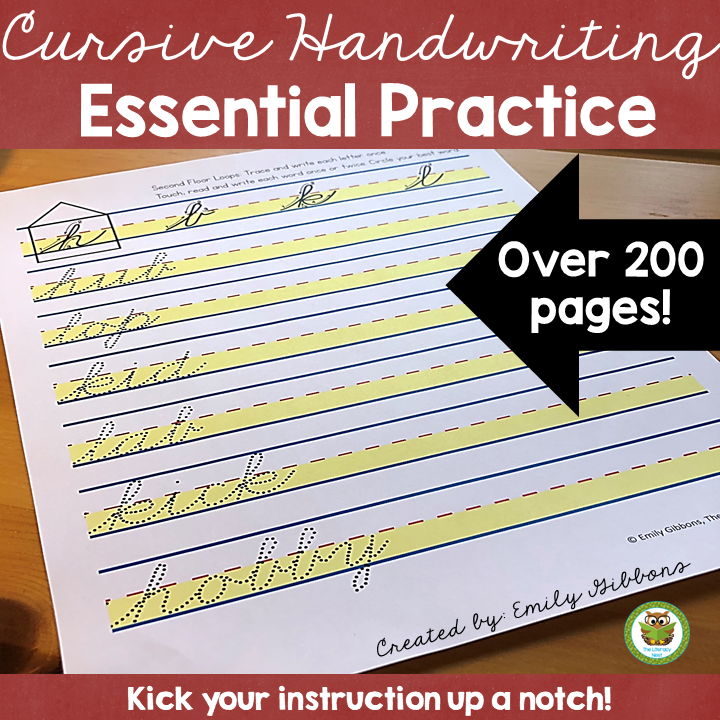
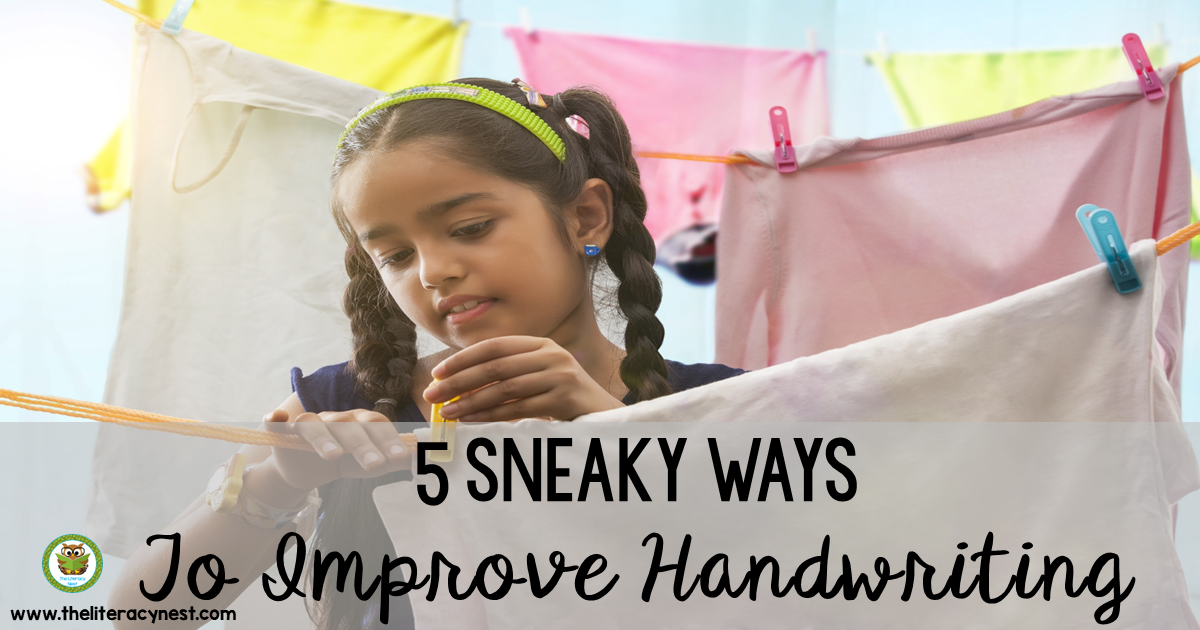

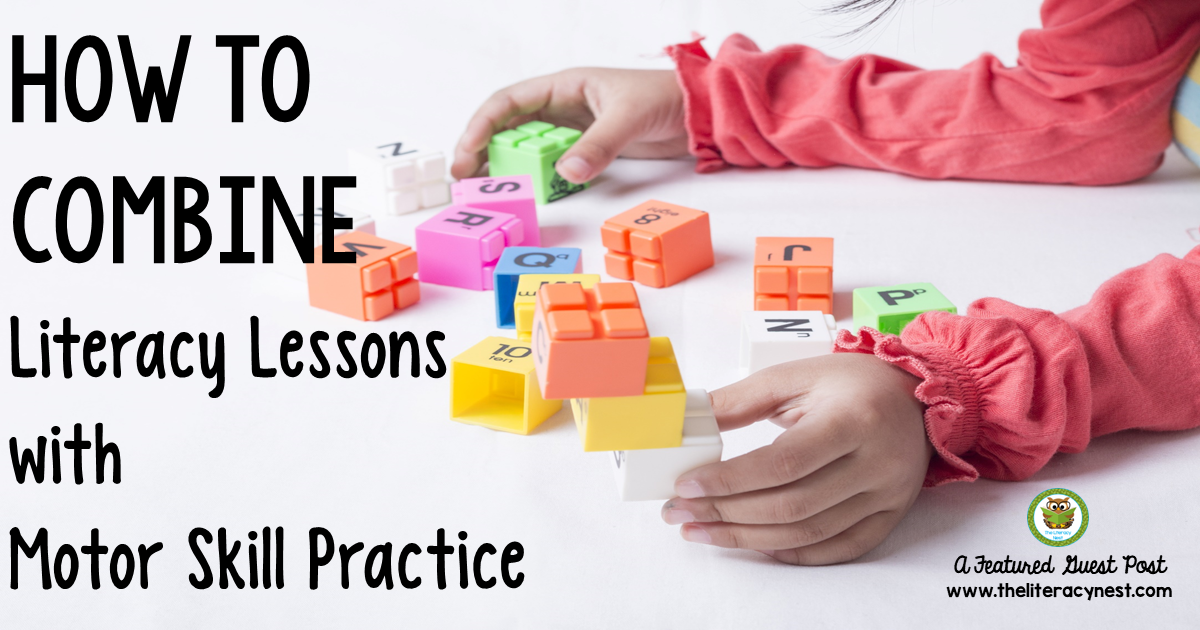
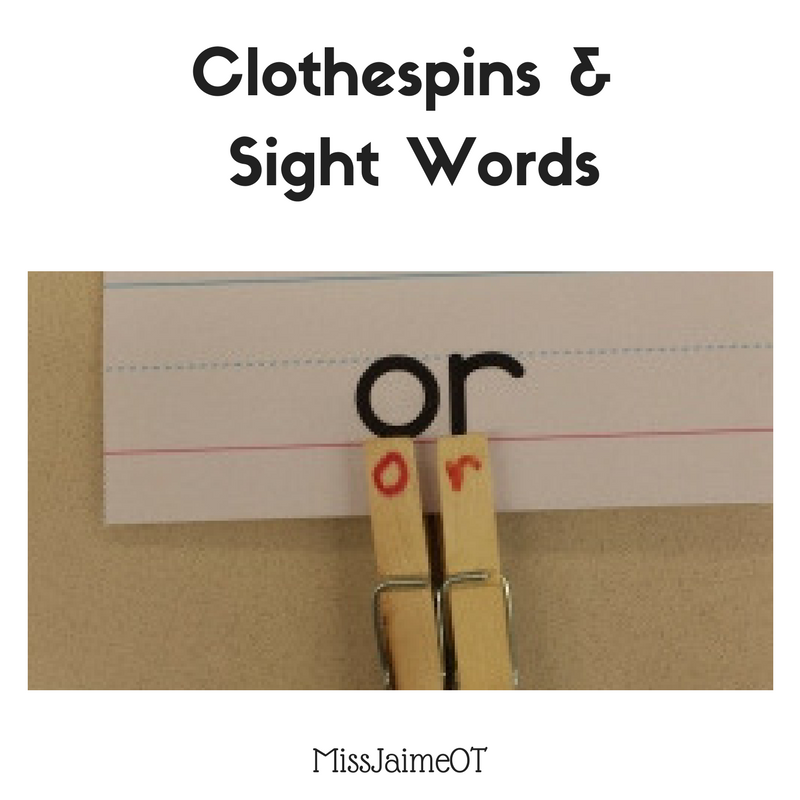
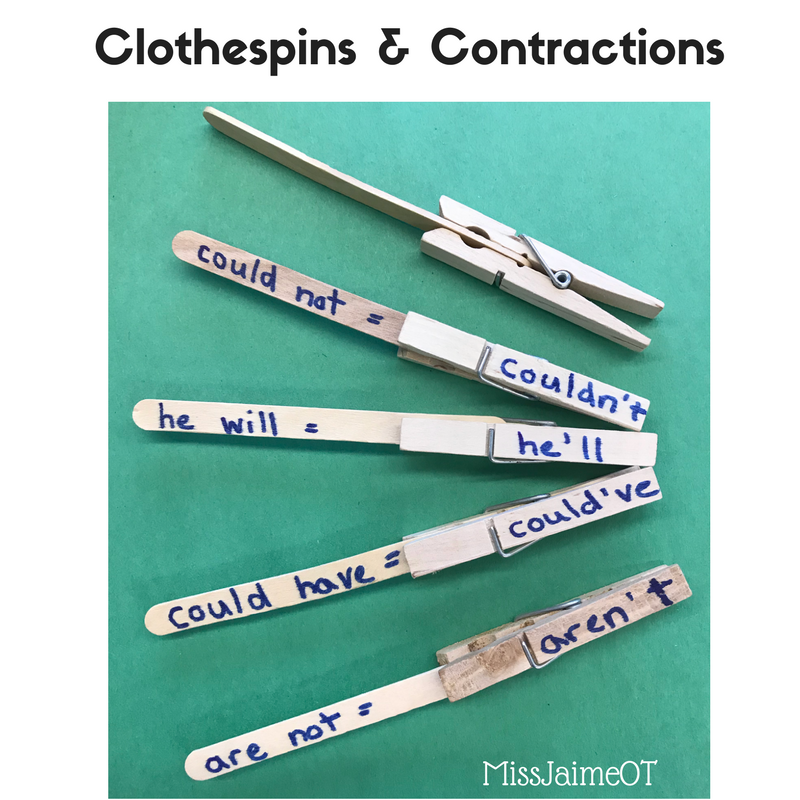
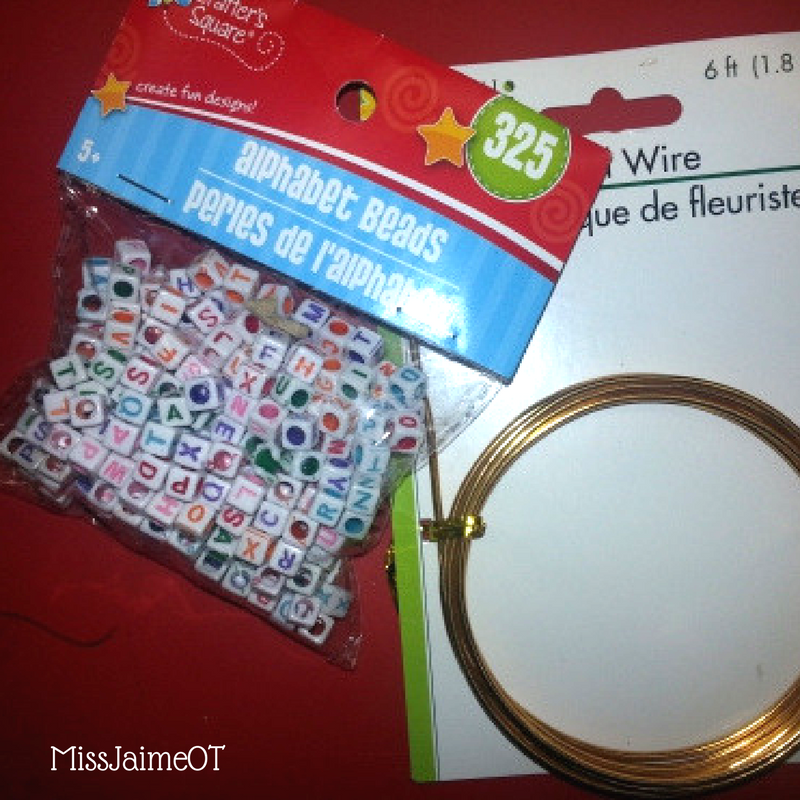
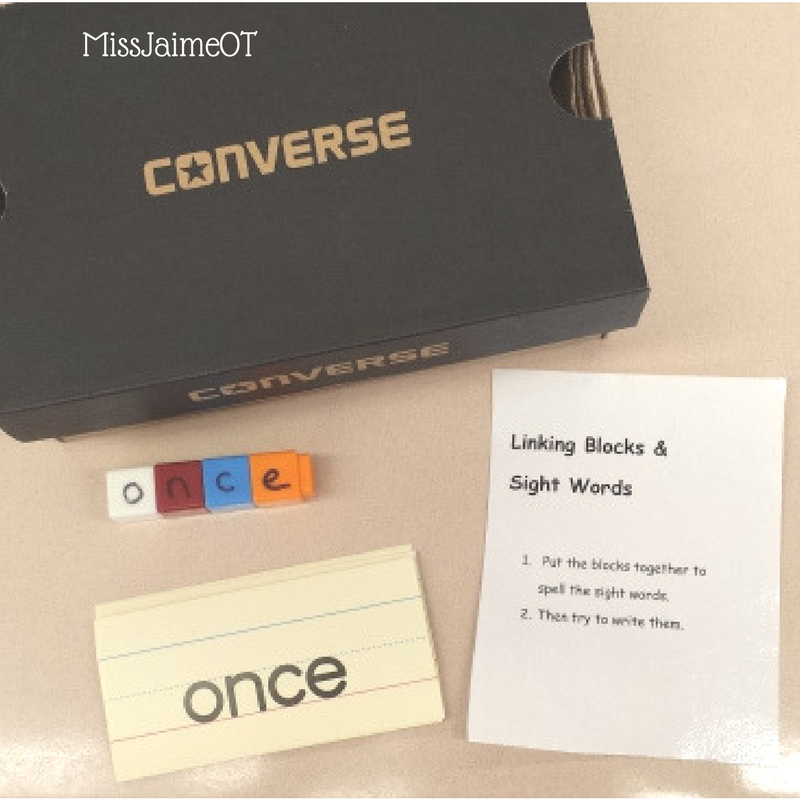
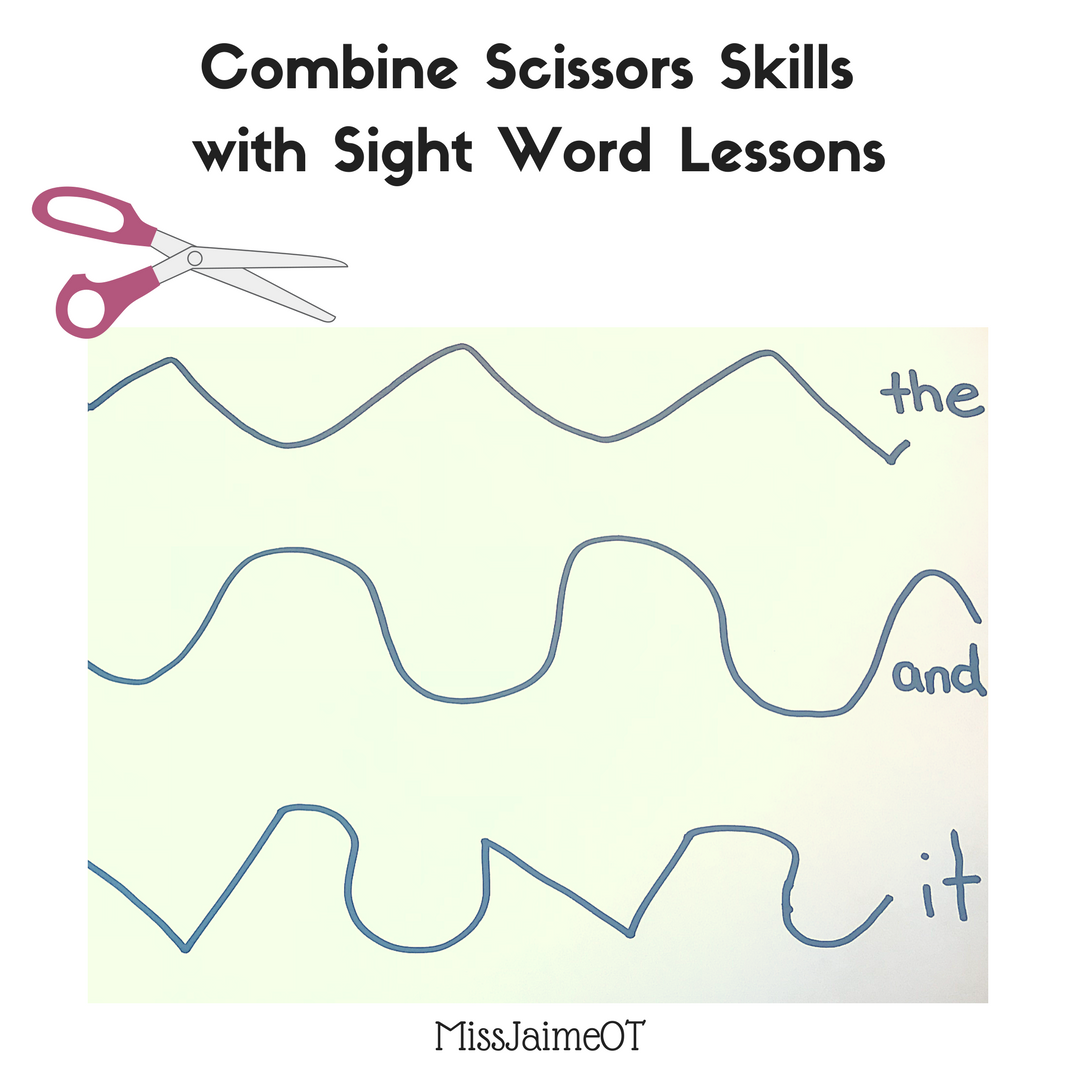


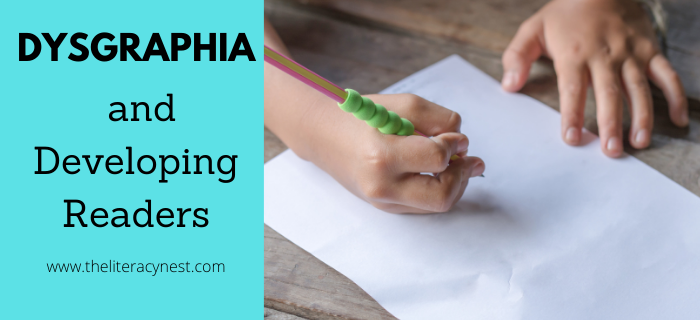
I would like to thank you for the efforts you have made in writing this article. I am hoping the same best work for you in the future as well. I really liked it.
Thank you!